

Image by Roxanne Desgagnés.
Major planetary boundaries that support life are at risk of collapse. This is happening at speeds that climate scientists never thought possible. What are the consequences and what, if anything, can be done?
Johan Rockström, Potsdam Institute for Climate Research, Germany recently gave a 20-mimute TED speech: The Tipping Points of Climate Change. He is a world-class climate scientist specializing in planetary boundary frameworks. Of note, Dr. Rockström is one climate scientist that other scientists pay attention to when he talks.
A summation of what should be categorized as “one of the most important speeches of 2024” is included herein.
It’s fair to say that he views recent abrupt Earth system changes as profoundly disturbing and far beyond the boundaries of what climate science expected. In fact, climate scientists have never seen such rapid transition of what’s normally a slow-moving Earth system now in the wrong direction so rapidly that it’s threatening the existence of key ecosystems that make today’s life possible.
In his words: “The planet is now in a place where we’ve underestimated risks. Abrupt changes are occurring way beyond realistic expectations in science.” It was fifteen years ago when he introduced a planetary boundary framework composed of nine earth system processes to determine the stability, resilience, and life support on planet Earth.
Then, ten years ago 195 countries signed the Paris ’15 climate agreement.
And in 2019, five years ago, the signatories to Paris ‘15 entered the most decisive decade of this generation where their choices this decade determine the future for all generations on Earth.
The scientific state of the planet as of August 2024:
!) We’ve reached 1.2°C mean surface temperature above pre-industrial. This is the warmest in 100,000 years.
2) We touched 1.5°C as an annual mean temperature in 2023.
3) The biggest worry is evidence of an “acceleration of warming.” Over the past 50 years, the rate of warming was 0.18C per decade from 1970 to 2010 but from 2014 onward it’s been 0.26C per decade, or +45%, and if this course continues, we’ll crash thru 2C within 20 years and hit 3C by 2100, a disastrous outcome, caused by humans.
4) But it’s much more than CO2 that’s at issue. Several things are undermining the stability of the planet. For example, over-consumption of fresh water, the 6th mass extinction of species, abusing freshwater systems with nitrogen phosphorus, etc.
A combination of factors has disrupted the Earth system by spreading chaos across the planet, droughts, floods, heat waves, disease patterns, human-caused massive storms, 40°C (104°F) life-threatening heat across all continents in the year 2023. In Mecca, 52°C (126°F) hit over 1,000 worshipers who lost their lives at the Hajj pilgrimage in June 2024. At current rates, by 2050 expect an 18% economic loss of GDP or $38 trillion per year. The abrupt change in Earth systems is starting to hurt in human social costs and economic costs.
And it is happening at only 1.2°C mean surface global temperature. But we’re on a path to 2.7C this century. Will floods, droughts, and heat waves get worse? Without immediate mitigation efforts, yes.
As far back as 3,000,000 years the planet never exceeded 2C. We’ve been living in “The Corridor of Life.” It’s all we’ve got.
Alas, the risks are even more serious. There are two major risks to the planetary system: 1) buffering capacity 2) crossing tipping points. And both are moving in the wrong direction much faster than anybody thought possible.
Buffering capacity is Earth’s ability to dampen shocks and stress, e.g., soaking up greenhouse gases that impact nature on land and ocean. Mother Earth has been very, very forgiving, as 53% of CO2 from fossil fuels have been soaked up by intact nature on land and sea. However, there is increasing scientific evidence of “widening cracks in this system.”
For example, land absorbs 31% of CO2 of greenhouse emissions, but the boreal forests in Canada and temperate mixed forests in Germany and Russia are all starting to lose carbon uptake capacity. More alarming yet, the latest science shows part of Amazon rainforest, the richest biome on terrestrial land, has already tipped and in parts of the forest it is no longer a carbon sink. It’s becoming a carbon source. Yet, the Amazon is vital to the health of the planet, playing a critical role in the global carbon cycle and water cycle and responsible for absorbing billions of tons of emissions. This unique one-of-a-kind force of nature is at risk like never before.
But what’s most cause for concern is the ocean. It absorbs 90% of the heat caused by human-induced climate change. This is well understood. But what’s really worrying is the latest data on temperature all-across the ocean. It has been getting warmer and warmer since 1980. Then, suddenly, out of the blue, in 2023 temperatures went completely off the charts at 0.4C above the warmest temps of all previous years.
What’s happening?
Scientists do not know what’s happening, but it is off the charts and continuing in that same direction in 2024.
Searching for answers, the number one candidate is “energy imbalance caused by humans.” The imbalance is enormous, for example, in one year alone the heat equivalent of 300-times the entire global electricity system is absorbed by the Earth system.
Meanwhile, scientists question whether the ocean is losing its resilience, at risk of releasing heat back into the atmosphere, thus self-amplifying the warming process. Science does not have answers for this, but something totally unprecedented in this regard may be happening right before our eyes.
Here’s what is known for certain… The ocean is sounding the alarm.
The planetary system is now at a point where we’re forced to ask the following questions: Are we are risk of pushing the planet out of the basin of attraction or the stability of the planet where we’ve been since the last ice age? Are we headed to unstoppable Hot House Earth with self-amplified warming and losing life support?
The bigger question is: What could take us there?
The answer is “crossing over tipping points” takes us there.
Crossing tipping points references the big systems (a) Greenland (b) the ice sheets (c) overturning of heat in the North Atlantic (d) the Amazon rainforest, by pushing them too far, thus tipping over from a state that helps us to a state of self-amplifying in the wrong direction. This is taking the planet from a mode of cooling and dampening to self-amplifying and warming.
There are 16 tipping systems that regulate the climate system. Five of these tipping systems are what’s referred to as ground zero in the Arctic connection thru the ocean via the AMOC of the Atlantic overturning heat all the way down to Antarctica. We depend upon this big biophysical system for stability of the planet. At what temperatures is this at risk of tipping?
For the first time, we have an answer. The average temperature at which 5 of 16 are likely to cross the tipping point is at 1.5C, including (1) the Greenland ice sheet (2) West Antarctica ice sheet (3) abrupt thawing permafrost (4) losing all tropical coral reefs and (5) collapse of the Bering Sea ice. The two major ice sheets hold 10M (33-feet) of sea level rise.
(Editorial: According to Copernicus Climate Change Service (C3S), global temperatures exceeded 1.5°C (2.7°F) above preindustrial for the first time in human history for a 12-month period from July 2023 to June 2024, when it averaged 1.64°C)
In all, the more science learns about the climate system, the higher science discovers the risks. We’ve got a planet that’s smack dab in the midst of a high-level danger zone.
For example, the Amazon basin risks tipping into savannah, over time. Currently, the risk is loss of the forest system; tipping can occur at 1.5-2C, assuming loss of 20-25% of forest cover. It’s currently at 17% deforestation. This is very close to a tipping point when there is no turning back.
What must be done to avoid what increasingly looks inevitable?
According to the IPCC, to stay under 1.5C (sustained annually over a few years) we need to operate within the global carbon budget. But all that remains of that budget is 200B tons of CO2. Yet, 40B tons is emitted per year giving 5 years.at current emissions rates before we hit overbudget. Moreover, the IPCC says a pathway for a safe landing is to reduce emissions by 7% per year for a safe landing to net zero by 2050.
(Editorial- that’ll take some serious work: Global CO2 emissions are blasting off to the upside and not looking back)
Status of Atmospheric CO2 (Mauna Loa):
August 2, 2024 – 424.76 ppm
August 2, 2023 – 421.52 ppm
One-year change: 3.24 ppm
1960-year change: 0.71 ppm
Meanwhile, we’ve already overloaded the climate system with gases and other problems that inevitably lead to a period of overshoot. Therefore, society must be prepared for breaching 1.5C between 2030 and 2035 or within 5-to-10 years.
There are two main messages; 1) buckle up- we know 100% for sure it means more droughts, more floods, more heat waves, more human reinforced storms, more disease over one generation, plus, in time. 2023 which was the warmest year on record will be looked back on as a mild year, 2) why would the planet come back to 1.5 after an overshoot?
The health of the planet must be kept intact. We must have a planet that can continue to absorb 50% of CO2 without crossing tipping points. But, of special note and caution, there is no holding to 1.5C by only phasing out fossil fuels. More needs to be done like coming back to nature’s biodiversity and maintaining all the planetary boundaries of nature.
We are at a pivot point for either transforming the world for the better or going over the edge… which will it be.?
We must govern the entire planet…we have the solutions, i.e., (1) rapid transition away from fossil fuels (2) transitioning to a circular business model (3) transitioning to healthy diets (4) scaling regeneration and restoration of marine systems, forests, and wetlands.
Already of serious concern, starting from 2020, emissions had to be cut in half by 2030 to stay out of trouble but halfway into the decade and emissions are steeper than ever. This is what really concerns scientists.
In summation, scientists have issued warnings for years and years, but now even those warnings look too conservative. Problematically, it is obvious that none of the prior warnings were embraced by the 195 countries that committed to mitigate emissions at Paris ’15 UN climate agreement. Since 2015, atmospheric CO2 has steadily climbed, year-by-year, never down, to all-time highs as global mean temperatures sets new records by the month.
The evidence is clear: Paris ’15 has not made a dent in global warming, which is currently cruising up, up and away, all-time records and accelerating with nothing standing in its way. In fact, since 195 countries agreed to tackle the issue, emissions and temperatures have done the opposite of what they agreed to by increasing at the fastest rates in human history.
The Paris ‘15 plans to mitigate emissions are so far behind schedule that it’s questionable whether it’s achievable. What’s to stop emissions and temperatures from getting worse and sea level from flooding coastal megacities? Eight of the world’s top ten megacities are coastal.
Solution: Opportunity is a prerequisite for a solution and 195 nations opportunistically meet once per year at a UN climate conference. Maybe they’ll adopt an agreement to control greenhouse gas emissions that’s meaningfully enforceable. Voluntary doesn’t work.
The post Tipping Points – Where Things Stand appeared first on CounterPunch.org.
This post was originally published on CounterPunch.org.







 Grenfell
Grenfell NoahsArmy (@bsazzled)
NoahsArmy (@bsazzled) 

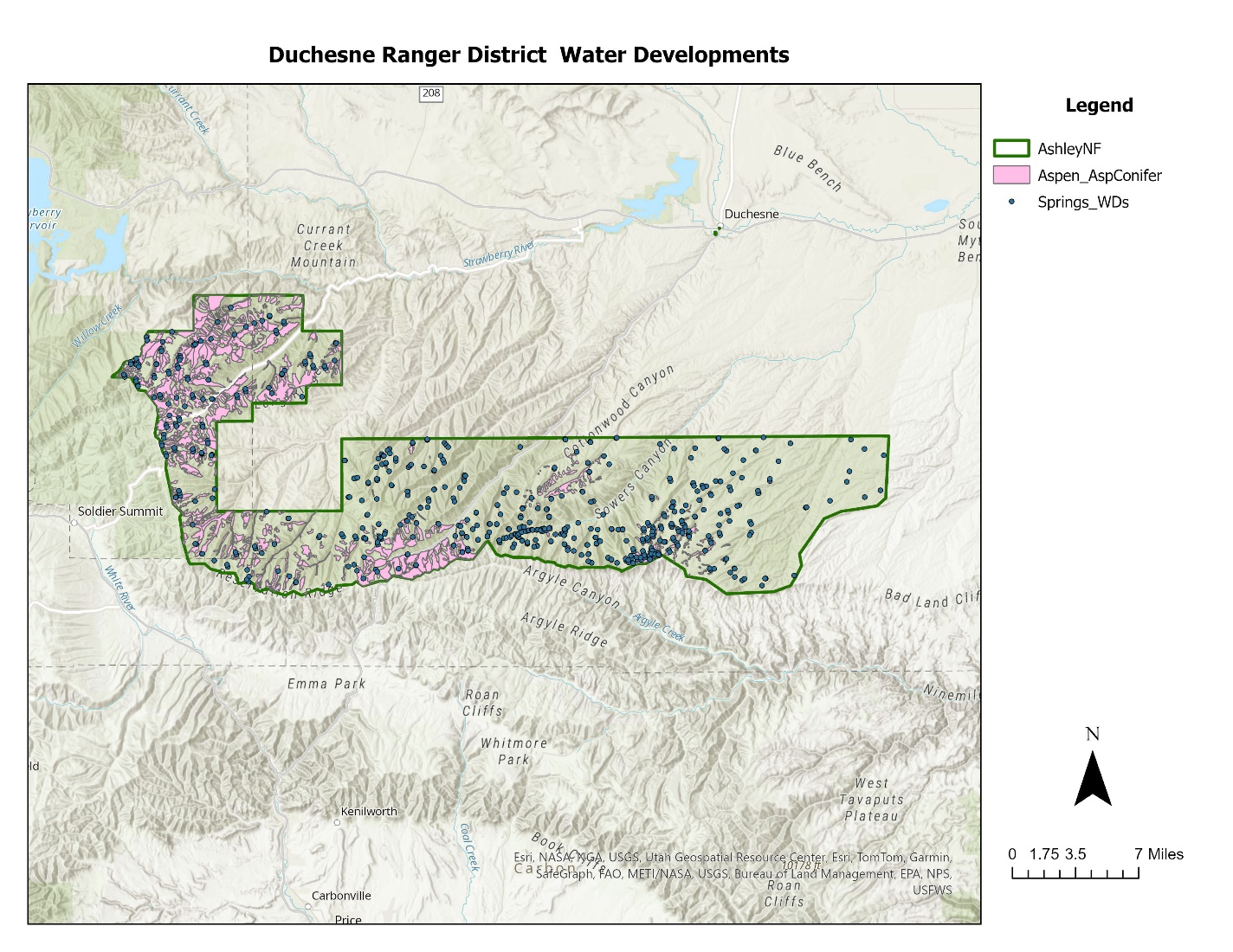
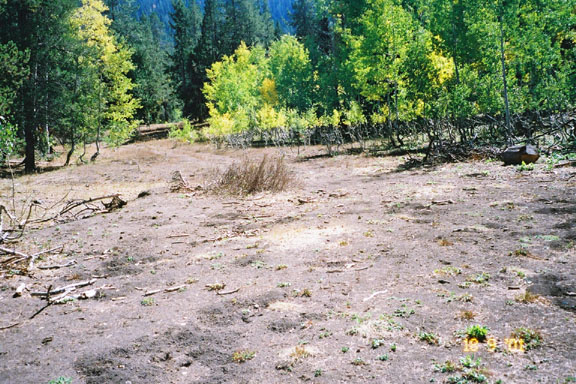
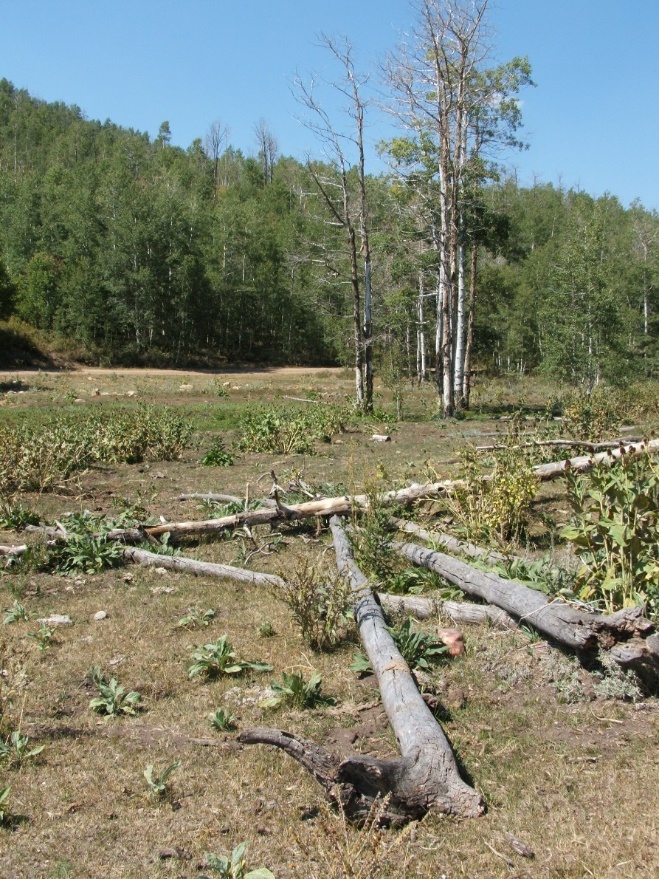






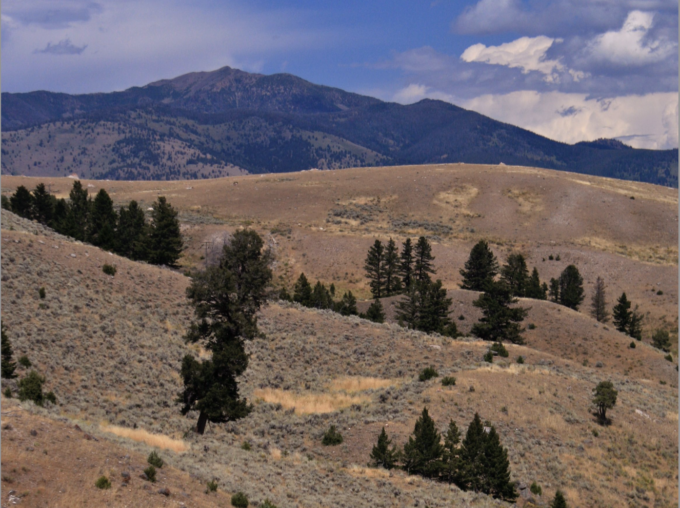
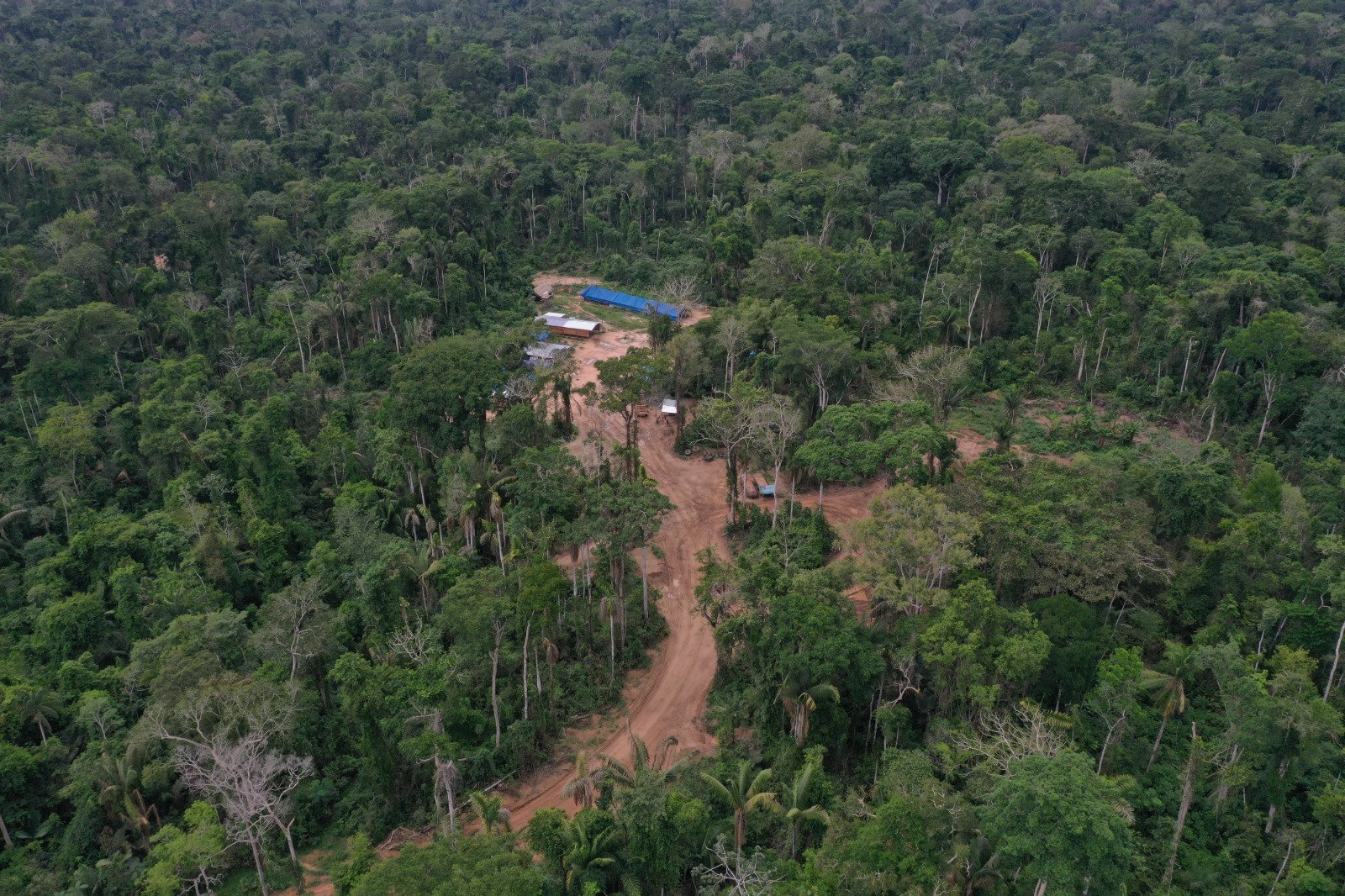
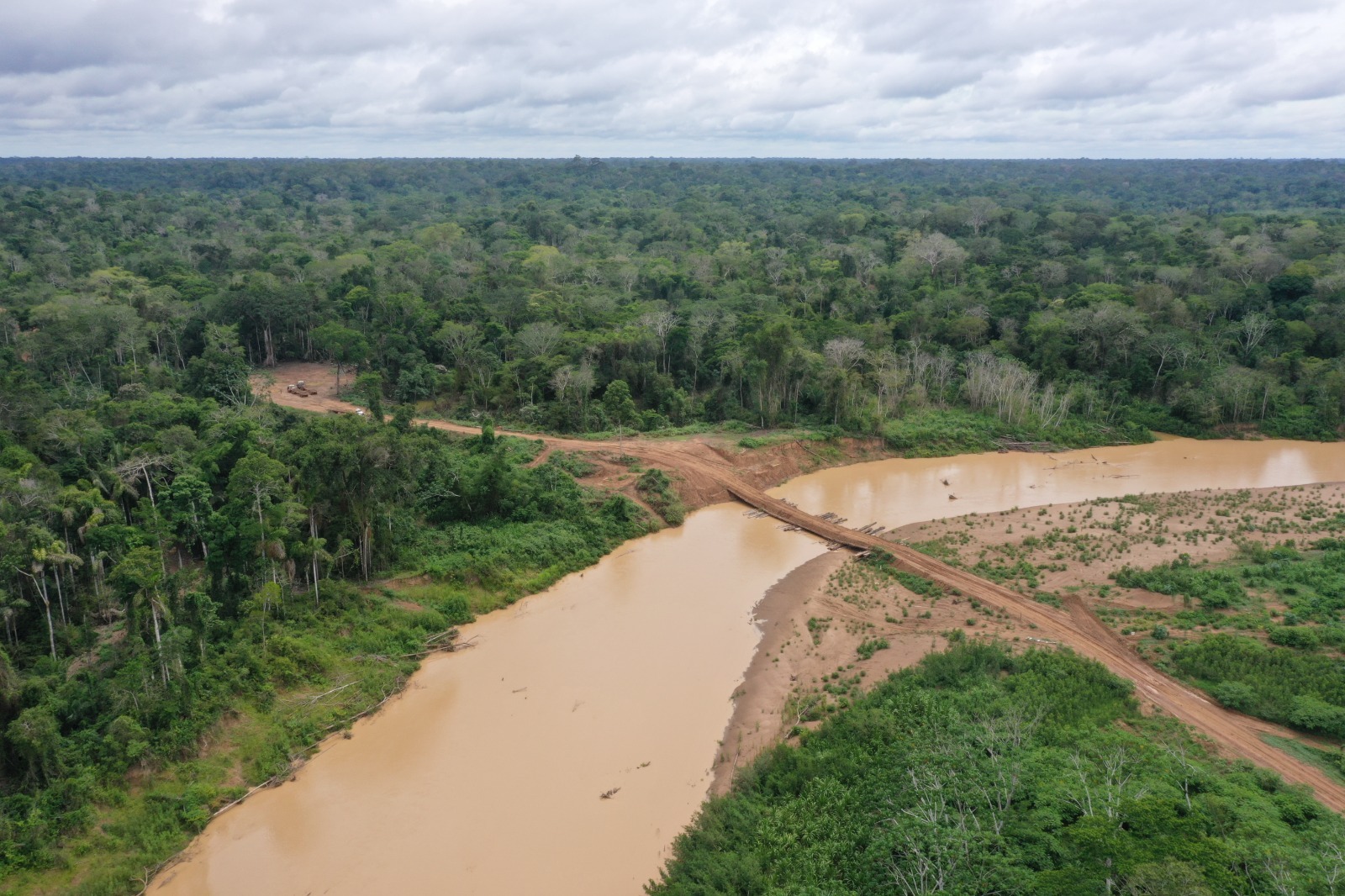

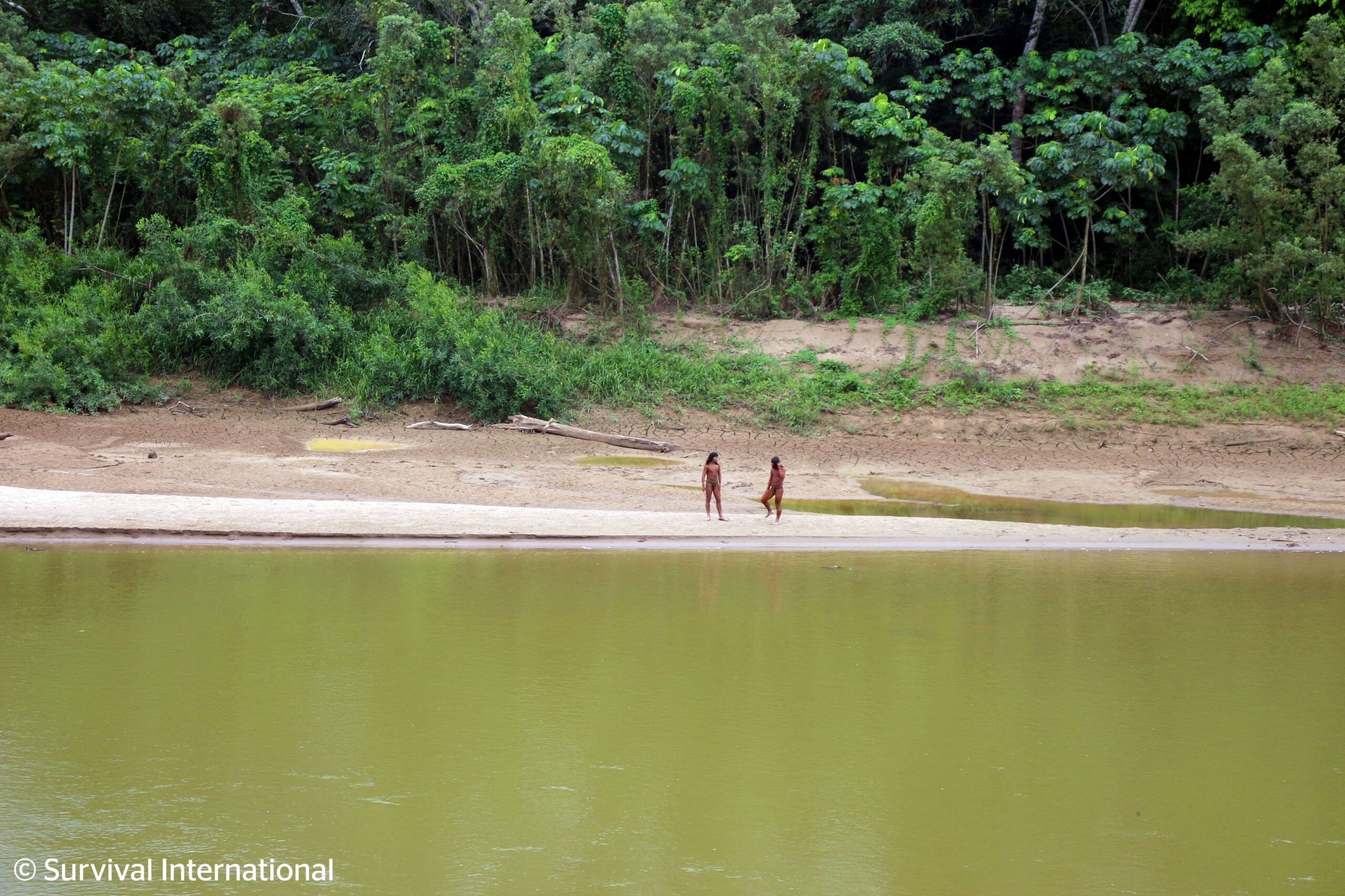

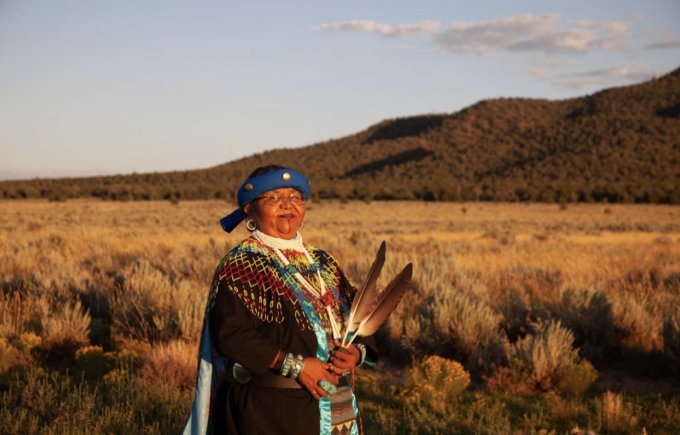







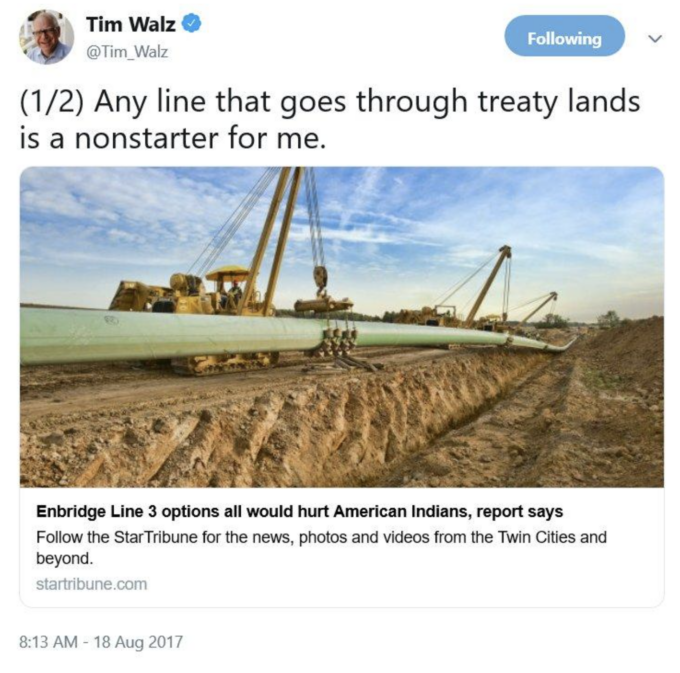









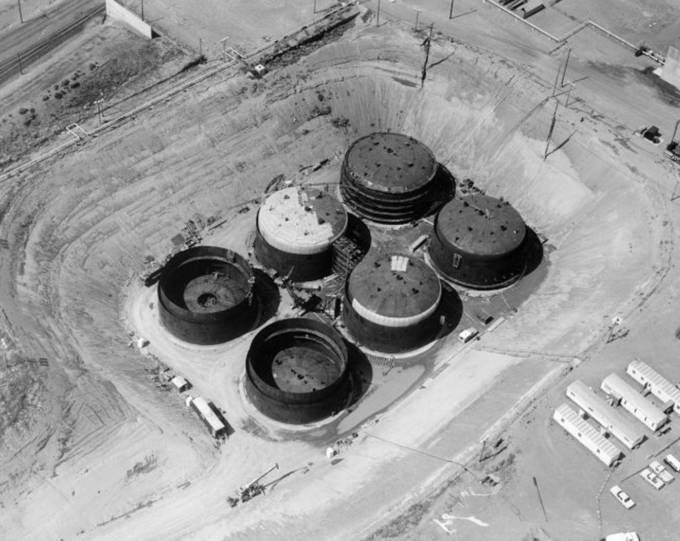

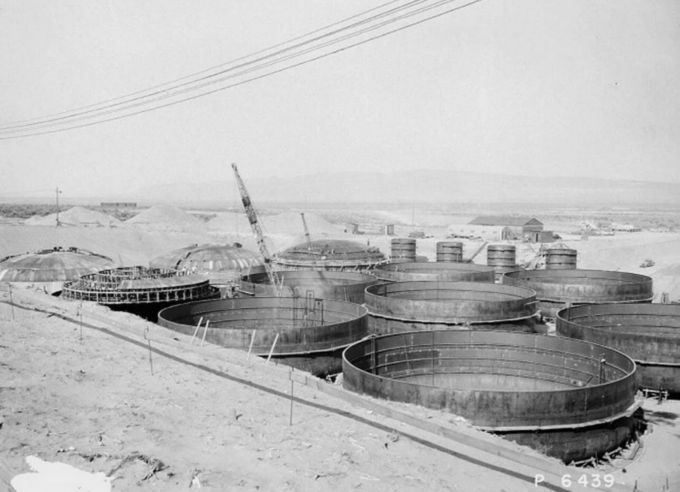

 Water we want? Clean
Water we want? Clean  Every British river is suffering as a result of a range of pollutants.
Every British river is suffering as a result of a range of pollutants. STOP THE POISONING OF BRITAIN’S WATERWAYS
STOP THE POISONING OF BRITAIN’S WATERWAYS 26 Oct 2024.
26 Oct 2024.  London
London Water is life. Yet here in Britain, it’s on life support.
Water is life. Yet here in Britain, it’s on life support.  Join us on the
Join us on the 


 (@SloaneFragment)
(@SloaneFragment) 

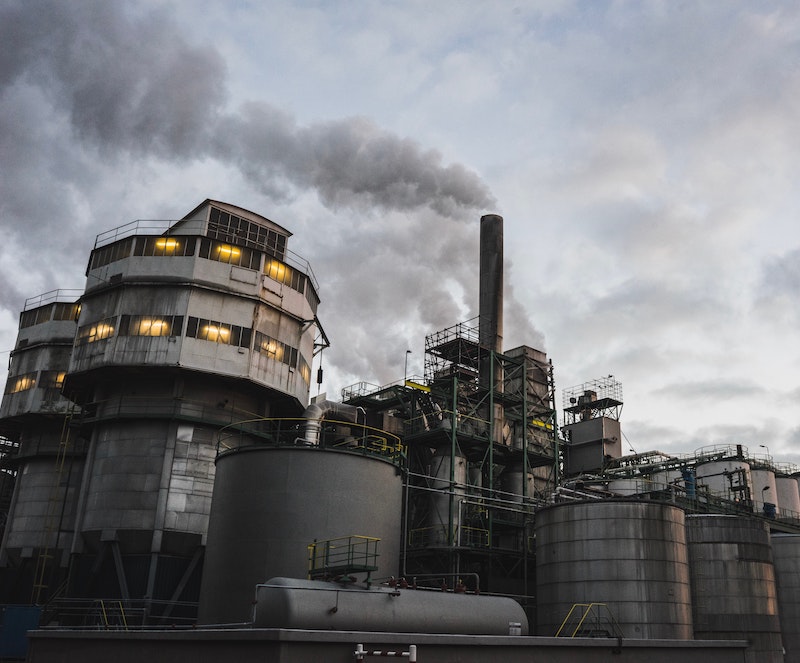 Unsplash
Unsplash Flickr Creative Commons
Flickr Creative Commons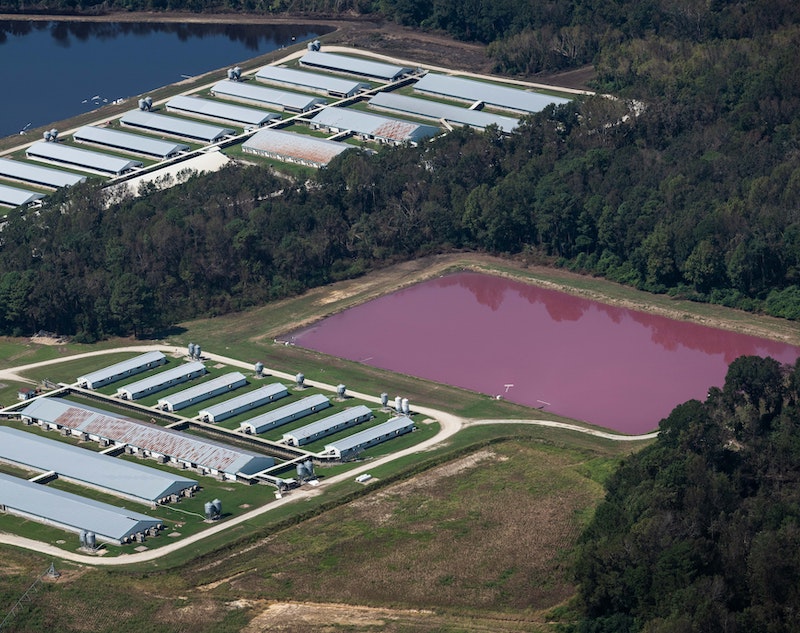 Jo-Anne McArthur | Unsplash
Jo-Anne McArthur | Unsplash Getty
Getty




 (@___Riz1902)
(@___Riz1902) 
 Pexels
Pexels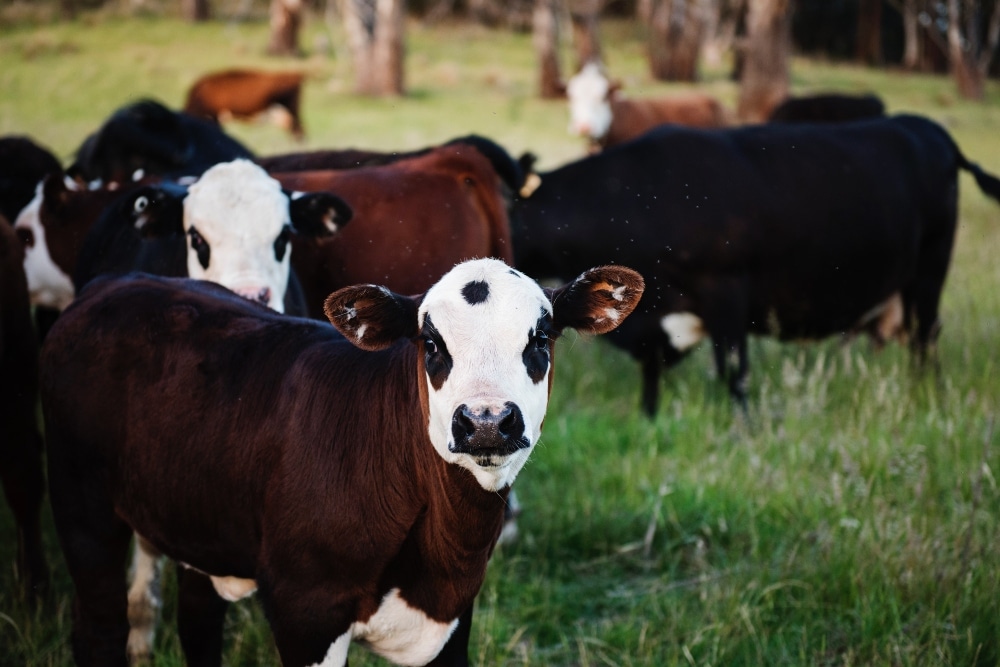 Pexels
Pexels Unsplash
Unsplash Pexels
Pexels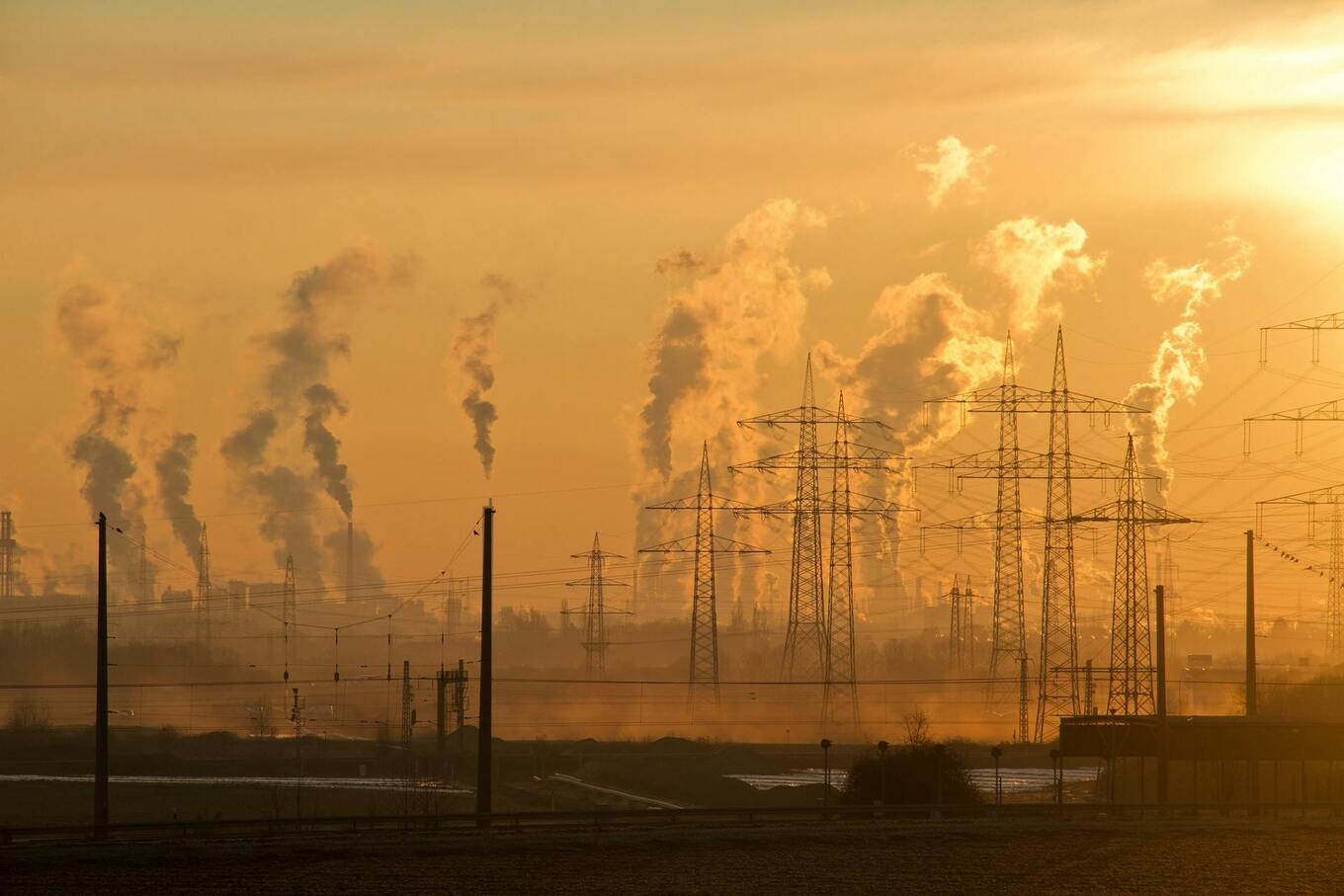 Pexels
Pexels Pexels
Pexels Unsplash
Unsplash
